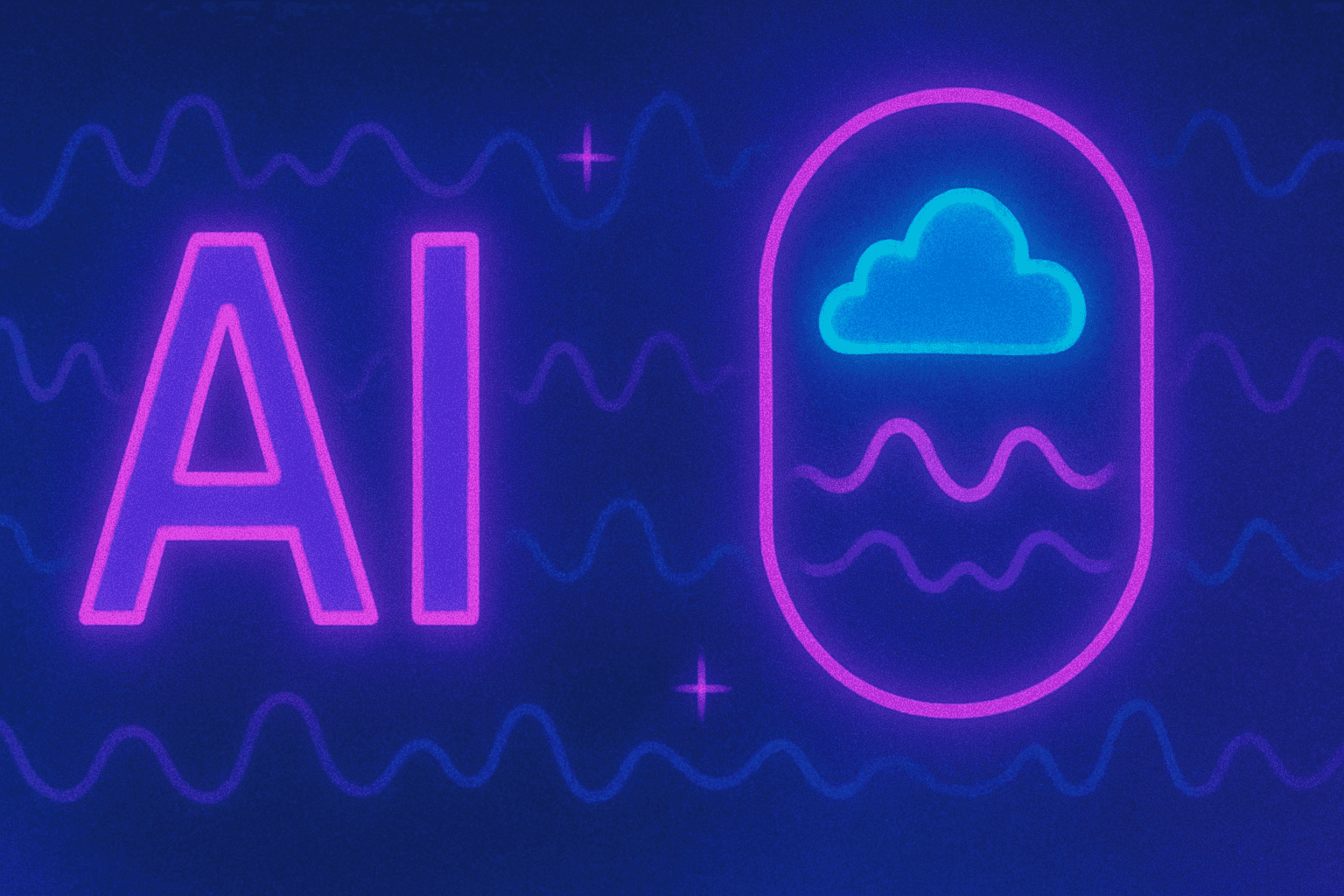When AI Dreams: Understanding AI Hallucinations
Artificial Intelligence (AI) systems have grown increasingly powerful, tackling everything from medical diagnoses to content creation. Yet, despite their impressive capabilities, AI systems sometimes produce outputs that are incorrect, nonsensical, or entirely fabricated. These anomalies, often referred to as AI hallucinations, are a fascinating yet critical aspect of AI that every developer, business leader, and enthusiast should understand.
What Are AI Hallucinations?
AI hallucinations occur when an AI model generates information that is untrue, inconsistent with the provided data, or entirely made up. These errors are most commonly observed in generative AI systems like chatbots, image generators, and large language models (LLMs).
Unlike human hallucinations, which arise from sensory or cognitive distortions, AI hallucinations result from how models process and generate information:
Overfitting:
The model learns patterns too specific to training data, leading to irrelevant or incorrect outputs.
Biases in Data:
Training datasets may include errors, gaps, or imbalances that propagate through the AI.
Inference Challenges:
The AI struggles to extrapolate from incomplete or ambiguous prompts.
Examples of AI Hallucinations
Text Hallucinations
Example:
A chatbot confidently provides a historical event that never happened or invents scientific facts.
Case Study:
Early versions of OpenAI’s GPT-3 were known to generate detailed yet false narratives about people or events when prompted ambiguously.
Image Hallucinations
Example:
Image generation models like DALL·E produce outputs with distorted or nonsensical features, such as humans with extra fingers or objects blending together unnaturally.
Voice Hallucinations
Example:
AI voice assistants misinterpret commands and generate responses unrelated to user queries.
Why Do AI Hallucinations Happen?
1. Lack of Context
AI models do not truly "understand" context but rely on statistical correlations in data. When the input lacks sufficient clarity, the AI fills gaps with fabricated information.
2. Bias in Training Data
If training data contains inaccuracies or reflects a skewed worldview, the AI inherits those biases, leading to hallucinated outputs.
3. Overconfidence in Probabilistic Outputs
AI models often prioritize generating coherent-sounding responses, even if the underlying data does not support their conclusions.
The Implications of AI Hallucinations
1. Risk in Decision-Making
AI hallucinations can mislead users in high-stakes domains like healthcare or finance. For instance, a medical AI suggesting a non-existent drug for a patient could have serious consequences.
2. Erosion of Trust
Frequent hallucinations in AI systems reduce user trust, especially when systems are marketed as reliable tools.
3. Ethical and Legal Challenges
Fabricated outputs may lead to defamation, misinformation, or breaches of ethical guidelines.
How to Mitigate AI Hallucinations
1. Improve Data Quality
Curate high-quality, diverse, and verified datasets to train AI models.
Use data augmentation techniques to cover edge cases.
2. Enhance Model Design
Implement reinforcement learning to refine responses based on user feedback.
Develop models that prioritize accuracy over fluency.
3. Add Explainability Tools
Integrate tools like SHAP or LIME to help users understand why the model generated a particular output.
4. Human-in-the-Loop Systems
Employ human oversight to review and validate AI outputs, especially in critical applications.
5. Transparent Communication
Inform users of potential limitations and inaccuracies in AI systems to manage expectations.
Case Study: ChatGPT and Academic Assistance
When OpenAI's ChatGPT was widely adopted for academic assistance, it occasionally fabricated citations or presented plausible yet incorrect information. To address this:
OpenAI introduced updates emphasizing accuracy and sources.
Users were encouraged to cross-check facts and verify references independently. This case underscores the importance of continuous improvement and responsible use in mitigating hallucinations.
Relevant Statistics
74% of AI developers
report hallucinations as a major challenge in generative models.
(Source: Deloitte AI Survey, 2023)
AI systems trained with high-quality datasets reduce hallucination rates by
60%.
(Source: Stanford AI Lab)
Quote
“AI hallucinations are not failures—they are the cracks through which we glimpse the limits of our own understanding of intelligence.” – Jaron Lanier, Computer Scientist and Philosopher
Book Recommendation
Read “Life 3.0” by Max Tegmark for a deeper dive into how AI models think, learn, and sometimes falter. The book explores the societal and ethical implications of AI’s rise, including hallucinations.
Movie Recommendation
Watch “Blade Runner 2049” (2017) to explore the intersection of artificial intelligence, human trust, and the blurred lines between reality and illusion.
Conclusion
AI hallucinations remind us that, despite their sophistication, AI systems are far from infallible. By understanding the root causes and implementing strategies to mitigate these errors, we can unlock AI's potential while minimizing risks.
In the world of AI, hallucinations are not just quirks—they are opportunities to refine our systems and reshape our vision for the future of intelligence. After all, when AI dreams, it’s up to us to ensure those dreams remain grounded in reality.

